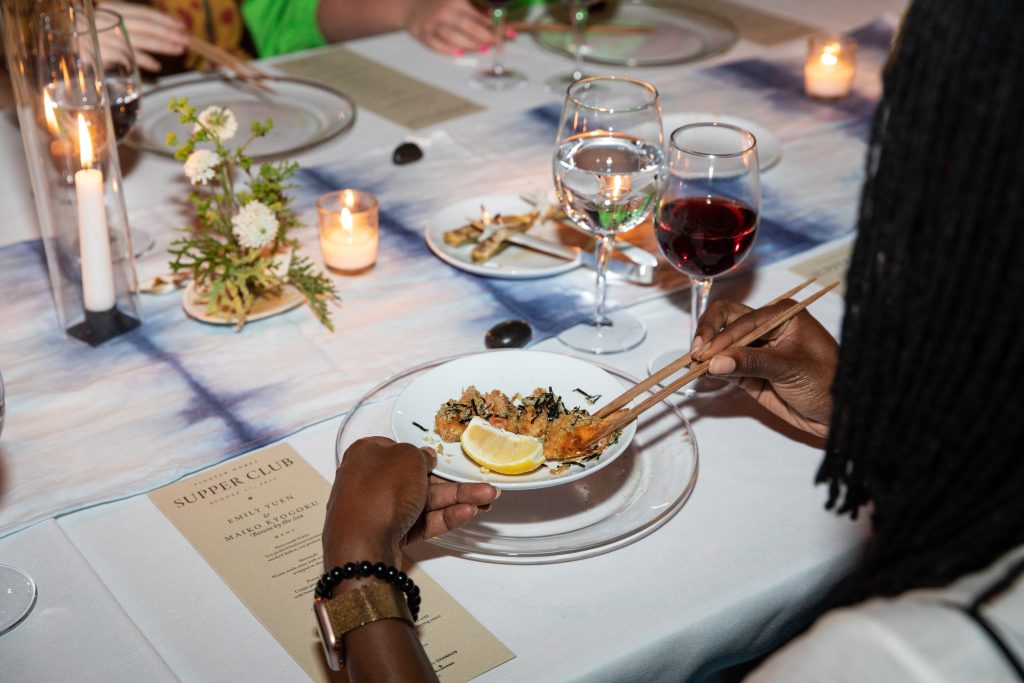The Magazine Celebrating Filipino Fashion and Culture, Hella Pinay
Now in print, this critical publication aims to empower those who often feel misrepresented

Within film, art, music, fashion and other creative industries, there is a lack of representation of people of color, including Asian people. While recent years have seen more Asian representation with films like Crazy Rich Asians and The Farewell, these depictions continually center East Asian narratives, leaving many people—including the Filipino diaspora—out of the picture. This dearth of visibility is what birthed Hella Pinay, a queer-led fashion and culture magazine celebrating those in the diaspora. (The word “pinay” is a colloquial term used to refer to Filipino women and femmes.)
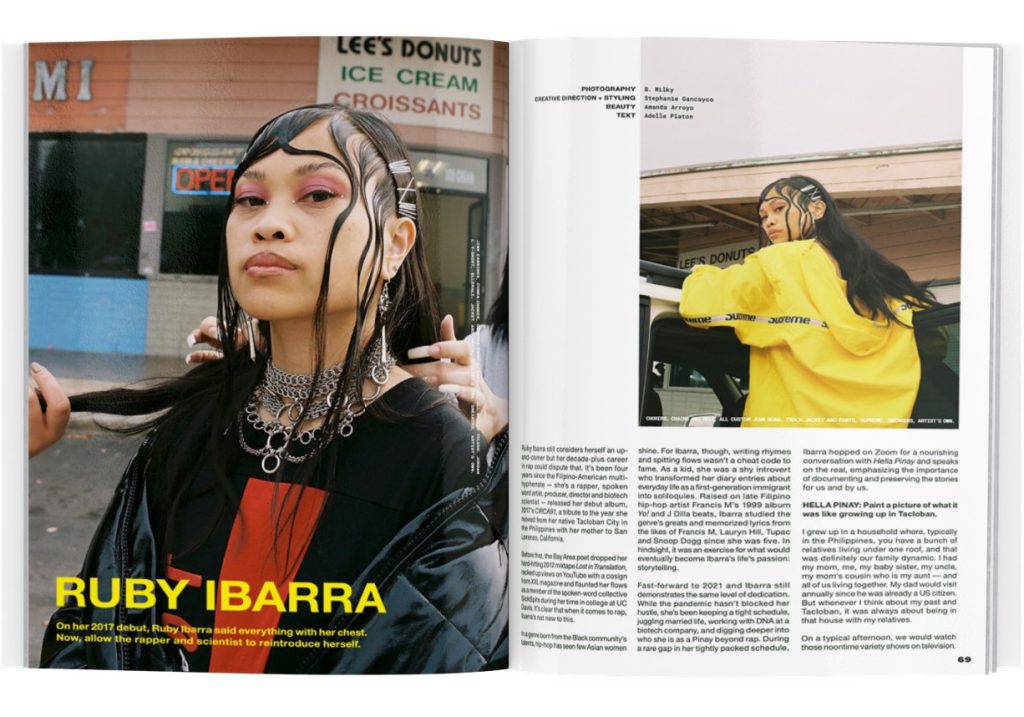
As the founder and editor in chief of the platform (who worked in the fashion industry for nearly a decade alongside icons like Anna Sui), Stephanie Gancayco is well-informed on how creative and media spaces exclude Filipino culture and people. “There are Filipino celebrities but—at least in 2016—they weren’t claiming to be Filipino or talking about their culture,” Gancayco (whose pronouns are she/they) says. When Filipino people are finally represented, the portrayal misses the mark. They continue, “There’s Pinoy-centered media or media aimed at Filipinos, but they’re really corny, not representative of how diverse we are and kind of pushing these post-colonial values of how we should look or how we should dress.”
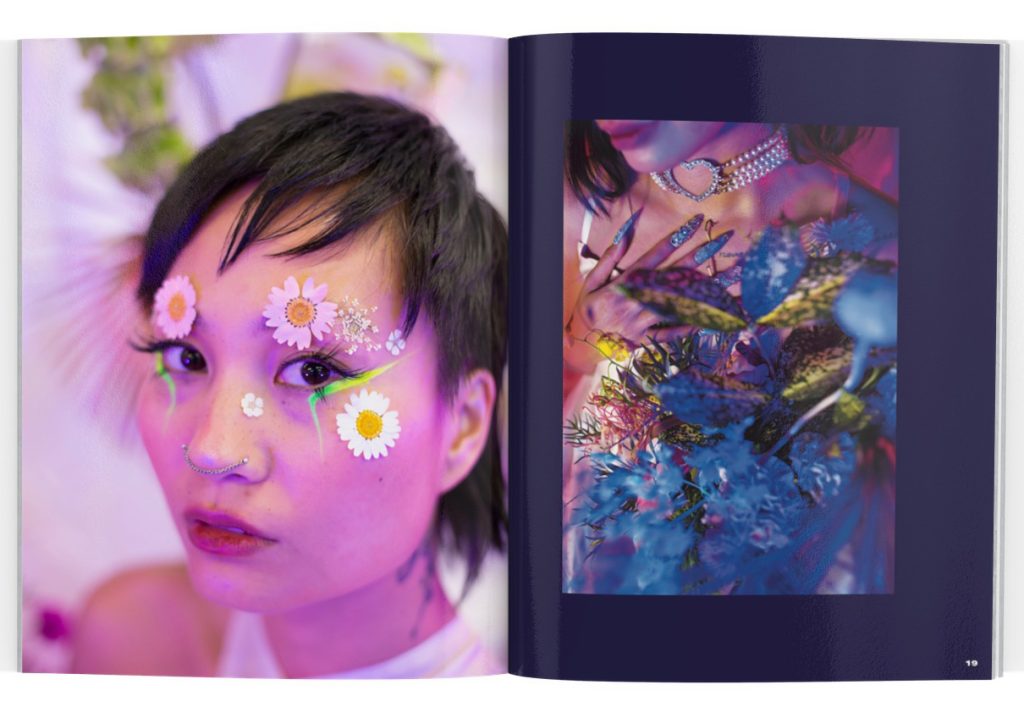
Hackneyed and flattened media makes it hard to learn about or get in touch with the culture. “There’s so much of it that I had no idea about. I felt like I had an idea about the Philippines that wasn’t reality because you’re taught all these stereotypes. I was really just trying to share things I was learning and that’s how Hella Pinay started,” they explain, sharing how the platform grew from an Instagram in 2016 to a digital magazine that has now finally expanded to print.

Unlike the platforms Gancayco encountered that homogenized what it means to be Filipino in a globalized world, Hella Pinay makes room for the full breadth of that identity by using it as a touch point for fashion and culture. From designer profiles (like the one on Keith Lafuente’s spirited, drag-inspired collection) to interviews with rappers, artists, entrepreneurs and others, the magazine explores how a sense of Filipino-ness inspires creativity but it doesn’t define or contain it. Instead, voices from all over have the freedom to express their complex, contradictory or unique relationship to being Filipino which is inevitably manifested through art, clothes or music.

“It’s showing how we are very diverse and multi-dimensional,” the founder explains. Indeed, in the Philippines alone there are over 120 languages spoken, not to mention the other languages and experiences from those in the diaspora who immigrated elsewhere. So it makes sense that no single definition or experience can contain that multitude—nor should they be the sole identifier. “There are so many facets to us beyond our ethnicity. It informs who we are—of course it’s where you come from—but there are other things about us that are part of who we are,” says Gancayco.
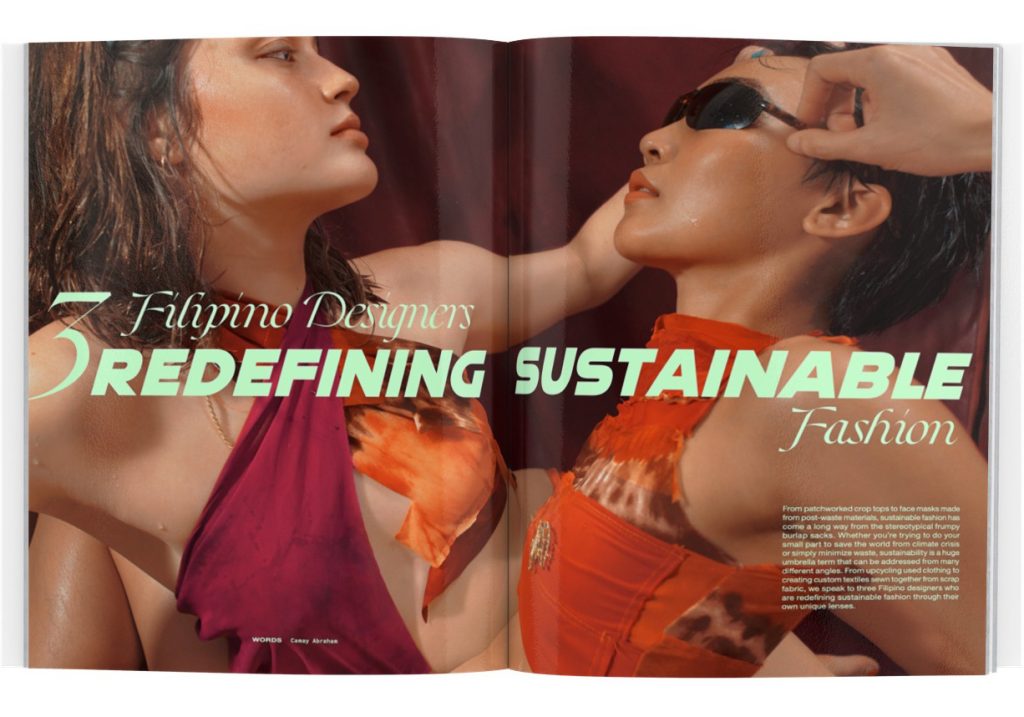
In the second and most recent issue of their print edition, the magazine explores the theme of interconnectedness, delving into connections between sustainable Filipino designers and the planet, recipes and culture, nightlife and community, queer, feminist icons and the future and so much more. Alongside more than 100 pages of interviews and features, otherworldly fashion editorials reflect Filipino culture’s larger-than-life presence. When paired with a striking, full-bleed layout—designed by Vi Viray—the publication embodies the lush, bountiful energy bubbling throughout the diaspora.
We, the younger generation, have the luxury of being able to think about our culture and be proud
“I feel like we’re kind of coming out of the Filipino closet,” says Gancayco, who’s observed how the Filipino fashion and culture scene has evolved to present day. “Obviously there’s been Filipinos in music and culture for a long time but—I don’t know if it’s an immigrant thing or colonization thing—people wanted to assimilate. We, the younger generation, have the luxury of being able to think about our culture and be proud.” From new Filipino music collectives to film photographers and skateboarders, one trend, Gancayco says, remains: “People are finally talking about a lot of the issues that I think need to be talked about in order for us to move forward as a culture.” Be it confronting anti-Blackness within Asian communities or learning to honor Indigenousness, more and more Filipino people are feeling empowered to celebrate and advance one another.
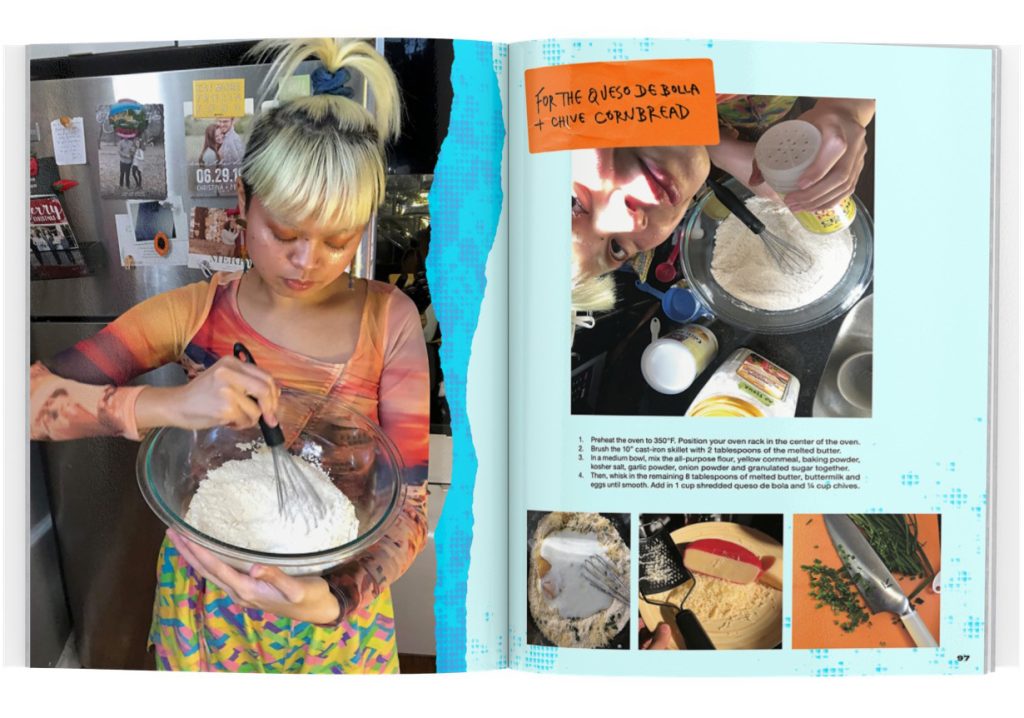
Highlighting and fortifying this empowerment is what Hella Pinay does so well. By making space to ruminate on identity and culture beyond the conversation of representation (which is undoubtedly important but only the first step), this platform critically provides artists and designers the nuance needed to engage in both their work and identity. Despite being an outlet by Filipino individuals and about Filipino culture, the publication reaches far beyond.
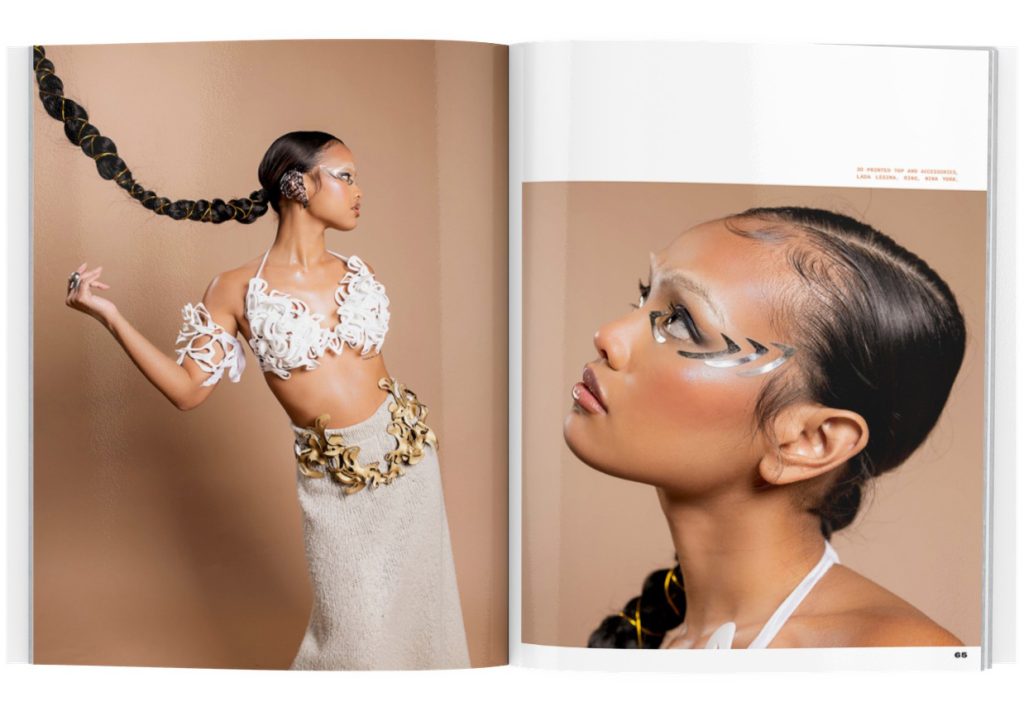
“I would really hope that people who aren’t Filipino are also picking up Hella Pinay on the basis of fashion and culture,” Gancayco says. Because at the end of the day, “It’s about creating. It’s celebrating women, femmes, queers, people who still aren’t represented in an authentic way in the mainstream.” Giving others the space to be candid and multifaceted, Hella Pinay is an important publication for Filipino culture and global culture at large.
Hero image by Jack Marion, courtesy of Hella Pinay
